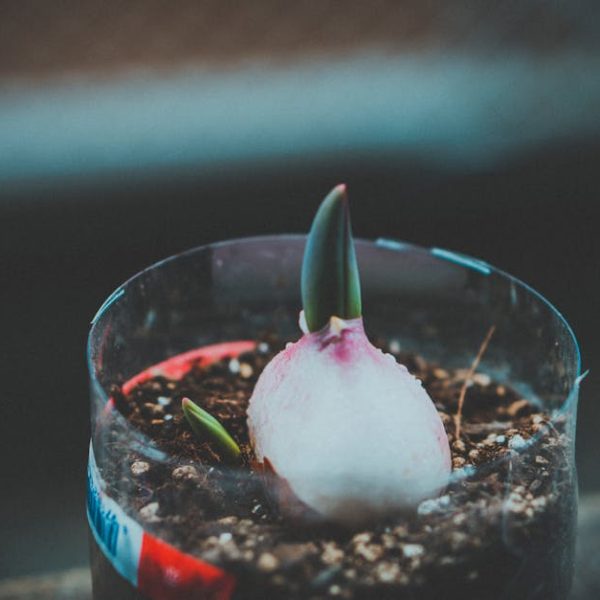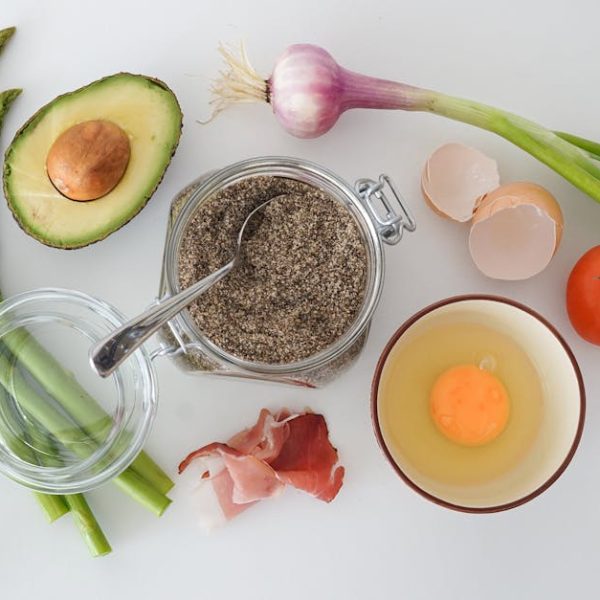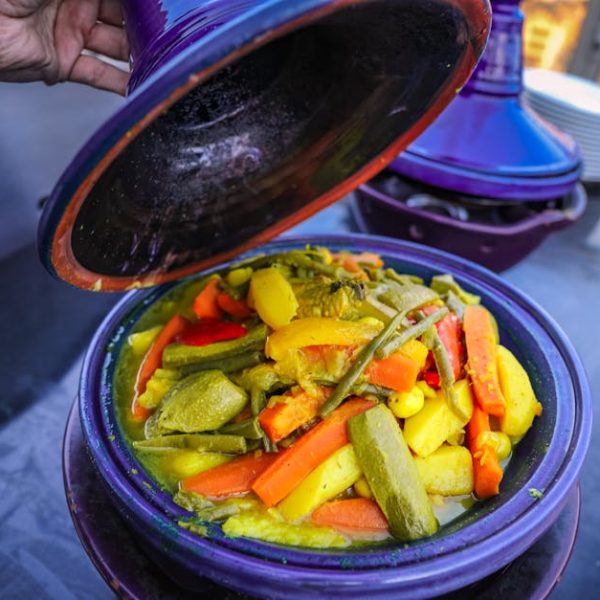Muskmelons, known scientifically as Cucumis melo, are a species of the melon that’s adored around the globe. Originating from Iran and India, these fruits are cherished for their refreshing and delightful taste. They feature a round or oval shape, a rough netted skin, and an aromatic flesh that ranges in color from salmon to green depending on the cultivar. Some common types of muskmelons include honeydew, casaba, and the cantaloupe, which we’ll discuss later.
To select the ripest muskmelons, check for a hollow sound when tapped and a sweet, musky aroma. Store them at room temperature until ripe, then refrigerate to maintain their freshness. As for consumption, they’re typically eaten fresh, but can also be used in salads, desserts, and beverages.
Muskmelons aren’t just appealing to the taste buds, they’re also packed with nutritional goodness. They’re a rich source of vitamins A and C, potassium, and antioxidants that promote overall health.
Demystifying Cantaloupes
Cantaloupes, known as cantaloupe melons or just ‘melons’ in some regions, are arguably the most known type of muskmelons. They’re believed to have originated in Africa, but their widespread cultivation in Cantalupo, Italy, earned them their popular name.
These melons feature a distinct round shape, greyish-green skin covered with rough, net-like texture, and a sweet, orange flesh. The intoxicating aroma when ripe is so enticing, you’d hardly resist a bite!
When shopping for cantaloupes, look for fruits with a uniform netted skin and that feel heavy for their size. Their stem end should yield slightly to gentle pressure if they’re ripe. You can keep uncut cantaloupes at room temperature, but refrigerate them once they’re cut to prevent spoilage.
Nutritionally, cantaloupes are a powerhouse. They’re packed with vitamins A and C, fiber, potassium, and a wealth of antioxidants. These nutrients collectively boost your immune system, aid in digestion, and promote skin and eye health.
Comparative Analysis of Muskmelons and Cantaloupes
On the surface, distinguishing between a muskmelon and a cantaloupe can be confusing, especially considering that the cantaloupe is technically a type of muskmelon. Nevertheless, there are some key differences to note.
| Muskmelon | Cantaloupe | |
|---|---|---|
| Size | Varying in size depending on cultivar | Typically medium-sized |
| Color | Gross skin can range from yellow to greyish-green | Usually sports a uniform greyish-green skin |
| Texture | Generally feature netted skin | Known for their distinct netted skin |
| Taste | Taste varies with cultivar | Sweet, juicy and slightly musky |
| Major Nutrients | Rich In vitamins A and C, potassium | High in vitamins A and C, fiber, potassium |
Please note that the traits listed may vary slightly due to different cultivars and growing conditions.
Common Misconceptions about Muskmelons and Cantaloupes
At first glance, it’s easy to mix up muskmelons and cantaloupes due to their striking physical similarities. This often stems from a lack of understanding of their distinct features and the fact that they are both types of melon.
A common myth we often hear is all cantaloupes are muskmelons. This statement, though misleading, isn’t entirely inaccurate. All cantaloupes are indeed muskmelons, but not all muskmelons are cantaloupes. The term ‘muskmelon’ is used to describe a species of melon that includes various cultivars, one of them being the cantaloupe.
Another confusion lies in the names. In the US, the term ‘cantaloupe’ is often used to describe reticulated or ‘North American’ cantaloupe. However, in other parts of the world, ‘cantaloupe’ refers to a different variety, known as ‘European Cantaloupe’, which lacks netted skin and has a different flavor profile.
Ways to Include Muskmelons and Cantaloupes in Your Diet
Both muskmelons and cantaloupes can add a refreshing twist to your dietary routine. They’re not just great for direct consumption but also fabulous ingredients in various dishes, thanks to their juicy texture and sweet flavor.
Here are some exciting ways to incorporate these melons into your meals:
- Add them to your morning smoothie for a refreshing start to the day.
- Mix diced muskmelons or cantaloupes into your salad for a sweet crunch.
- Use them as a topping for your yogurt or cereal.
- Blend them into a chilled soup for a summer treat.
- Incorporate them into your baking recipes, like muffins or scones.
- Grill them for a smoky yet sweet side dish.
Pro Tip: For a quick, tasty, and healthy dessert, ball some cantaloupe and layer it with Greek yogurt and a drizzle of honey. Sprinkle some chopped nuts for extra crunch!
Including muskmelons and cantaloupes in your diet not only adds variety but also packs a nutritional punch. The next time you see these melons in the market, don’t hesitate to pick some up. So go ahead, explore, experiment, and enjoy these delightful and nourishing fruits!
Key Takeaway:
- Muskmelons and cantaloupes, while often used interchangeably, are distinctive varieties of melon, each having its unique characteristics and nutritional benefits.
- Cantaloupes are a type of muskmelon and are characterized by their round shape, greyish-green netted skin, and sweet, orange flesh.
- Muskmelons feature a rough netted skin with flavors varying across different cultivars including cantaloupe, honeydew, and casaba among others.
- Both melons are packed with essential nutrients including vitamins A and C, potassium, and antioxidants.
- Despite misconceptions, not all muskmelons are cantaloupes; ‘muskmelon’ is a term used for a species of melon inclusive of many cultivars.
- Consumption of these fruits can be creatively incorporated into salads, desserts, beverages, and even main dishes.
Enjoy the flavorful experience these melons have to offer while reaping their many health benefits. By learning to distinguish between their physical attributes and flavors, you can make an informed choice the next time you shop for melons. Remember, both muskmelons and cantaloupes offer unique tastes and health benefits, so don’t hesitate to incorporate both types into your diet.
FAQs
Q: How can I properly preserve muskmelons and cantaloupes?
A: It’s advisable to store them at room temperature until ripe and then refrigerate to maintain their freshness. Once cut open, they must be refrigerated to prevent spoilage.
Q: Are muskmelons and cantaloupes suitable for people with diabetes?
A: Yes, these fruits have a low glycemic index, making them suitable for individuals with diabetes. However, they should be consumed in moderation as part of a balanced diet.
Q: Can I eat muskmelons and cantaloupes if I’m following a weight loss diet?
A: Absolutely! These melons are low in calories and high in water content, making them a beneficial addition to a weight loss diet.
Q: Are muskmelons and cantaloupes safe for pregnant women?
A: Yes, these melons are safe and beneficial for pregnant women, provided they’re washed properly to remove any surface bacteria. They provide essential vitamins, antioxidants, and hydration.
Q: Can I give muskmelons and cantaloupes to my toddler?
A: Yes, these fruits can be incorporated into a toddler’s diet. Make sure to introduce them slowly and keep an eye out for any potential allergic reactions.
No matter the questions you may have, remember to enjoy the delightful tastes these fruits have to offer. With knowledge in hand, feel free to explore more posts on our website and share this article if you found it helpful!





